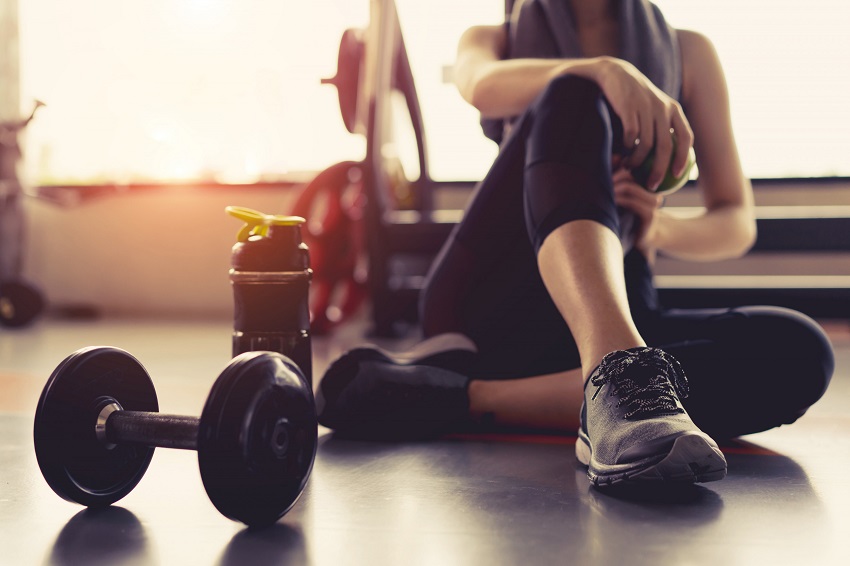
24 Aug What are the 4 Main Types of Physical Activity?
When it comes to staying healthy and leading an active lifestyle, physical activity is an essential component. Engaging in regular physical activity not only helps you maintain a healthy weight but also offers a plethora of benefits for your overall well-being. From boosting your mood to enhancing cardiovascular health, the advantages of physical activity are hard to overlook. In this article, we’re diving into the world of physical activity and exploring the four main types that can make a significant difference in your life. This idea is presented by Downloadteam.org.
Aerobic Activities: Getting Your Heart Pumping
Aerobic activities, often referred to as cardio exercises, are activities that get your heart rate up and increase your breathing rate. These exercises are fantastic for improving cardiovascular health, increasing lung capacity, and burning calories. Engaging in activities like brisk walking, jogging, swimming, and cycling falls under this category. The beauty of aerobic activities is that they can be tailored to your fitness level. Whether you’re a beginner or a seasoned fitness enthusiast, there’s an aerobic activity that suits you.
Strength Training: Building Your Muscles
Strength training, also known as resistance or weight training, is one of the most effective types of physical activity for building muscle strength and endurance. This type of activity involves using resistance, such as weights or resistance bands, to challenge your muscles. Contrary to the misconception that strength training is only for bodybuilders, it’s actually beneficial for people of all ages and fitness levels. Not only does it enhance muscle tone and definition, but it also boosts metabolism and supports bone health. So, whether you’re lifting weights or doing bodyweight exercises, strength training is a key player in your fitness journey.
Flexibility Exercises: Improving Your Range of Motion
Flexibility exercises may not get your heart racing, but they play a crucial role in maintaining functional movement and preventing injuries. These exercises focus on stretching and lengthening your muscles, which improves your range of motion and helps you perform everyday activities with ease. Activities like yoga, Pilates, and static stretching fall under this category. Flexibility exercises are particularly beneficial for individuals who spend long hours sitting at a desk or in front of a computer. By enhancing flexibility, you can counteract the negative effects of prolonged sitting.
You may like to read: 9 KEY TIPS TO ALWAYS STAYING IN SHAPE
Balance and Stability Work: Enhancing Control and Coordination
Balance and stability exercises often take a backseat in many fitness routines, but they shouldn’t be underestimated. These exercises improve your ability to control your body’s movements and maintain stability, which is essential for preventing falls and injuries, especially as you age. Activities like tai chi, balance board exercises, and single-leg stands challenge your equilibrium and enhance your proprioception—the body’s awareness of its position in space. By incorporating balance and stability work into your routine, you’re investing in your long-term mobility and independence.
Conclusion
Embracing an active lifestyle goes beyond mere physical appearance—it’s about nurturing your body and mind. The four main types of physical activity—aerobic, strength training, flexibility exercises, and balance and stability work—offer a holistic approach to well-being. By finding a balance between these types of activities, you can experience the joys of a healthier, more vibrant life. So, lace up your sneakers, grab those dumbbells, unroll your yoga mat, and start your journey toward a happier and healthier you.
FAQs
- Can I engage in multiple types of physical activity in one day?
Absolutely! In fact, incorporating a variety of activities can provide comprehensive fitness benefits.
- Is strength training suitable for older adults?
Yes, strength training can be adapted to suit the needs and abilities of older adults, contributing to better quality of life.
- How often should I perform flexibility exercises?
Aim for at least a few days a week. Regular stretching can help improve your flexibility over time.
- Are balance exercises only important for the elderly?
While balance becomes more critical as we age, individuals of all ages can benefit from enhancing their balance and stability.
- Can I create a personalized fitness routine with these types of activities?
Absolutely. Tailoring these activity types to your preferences and goals can result in a well-rounded and effective fitness routine.


No Comments